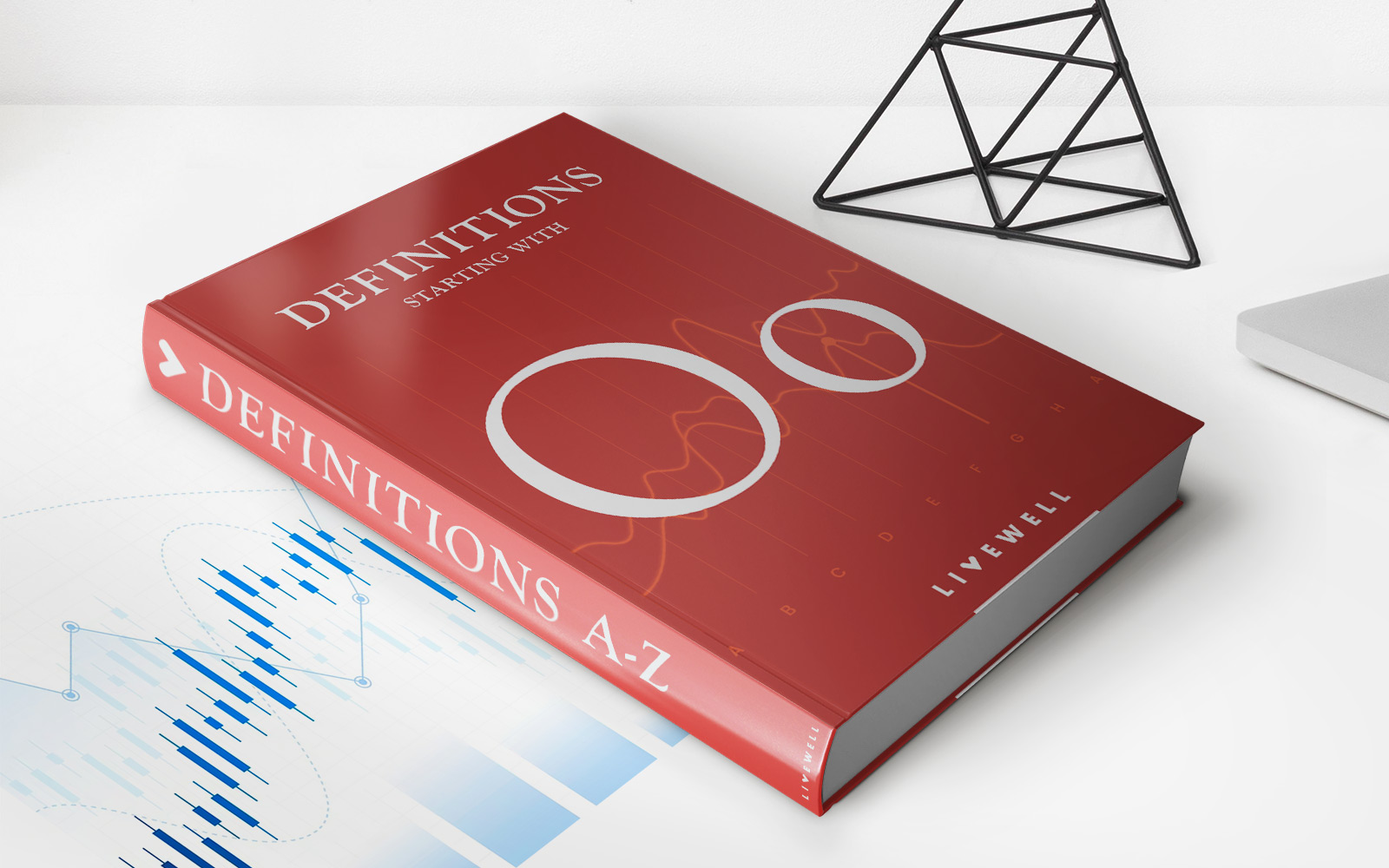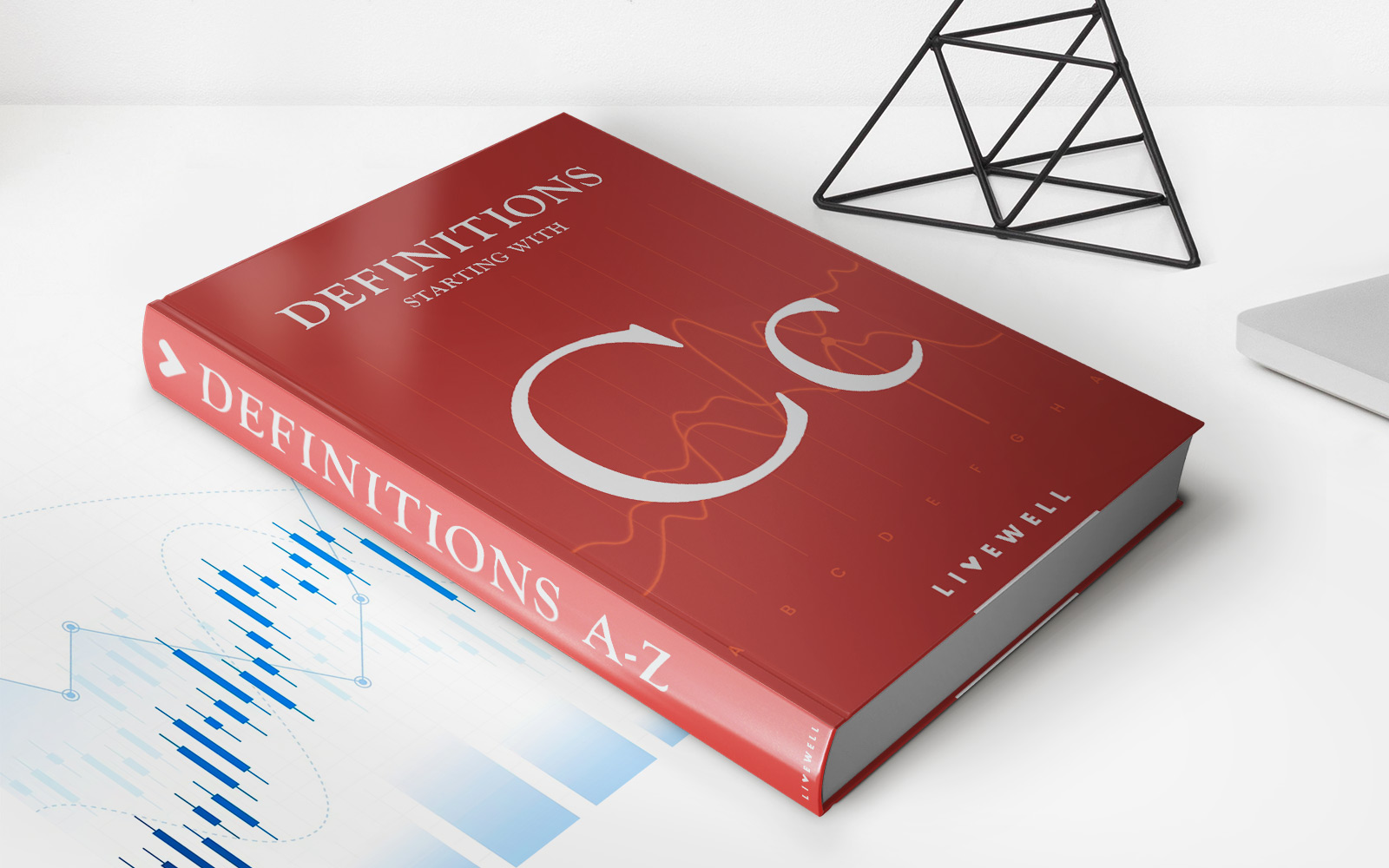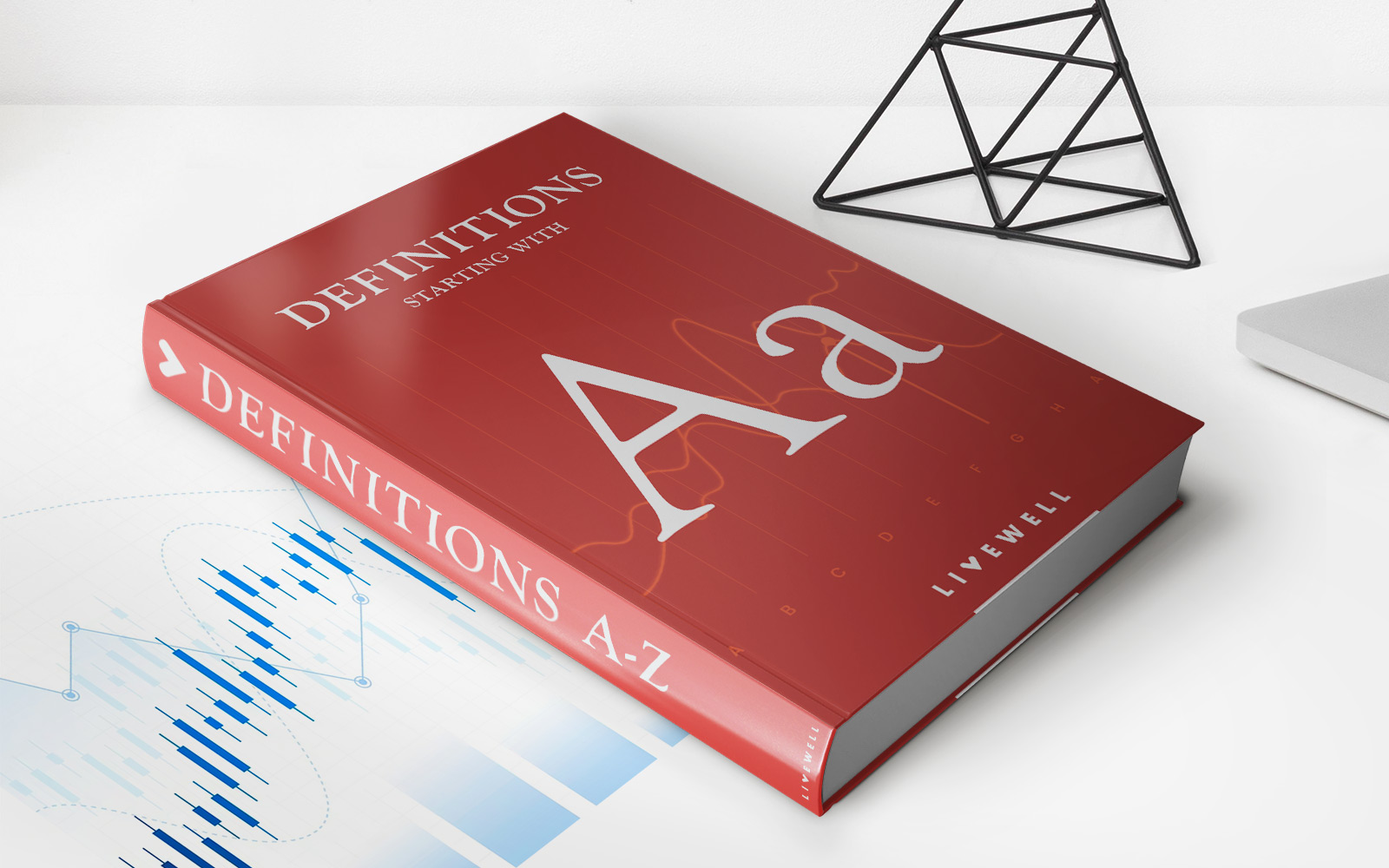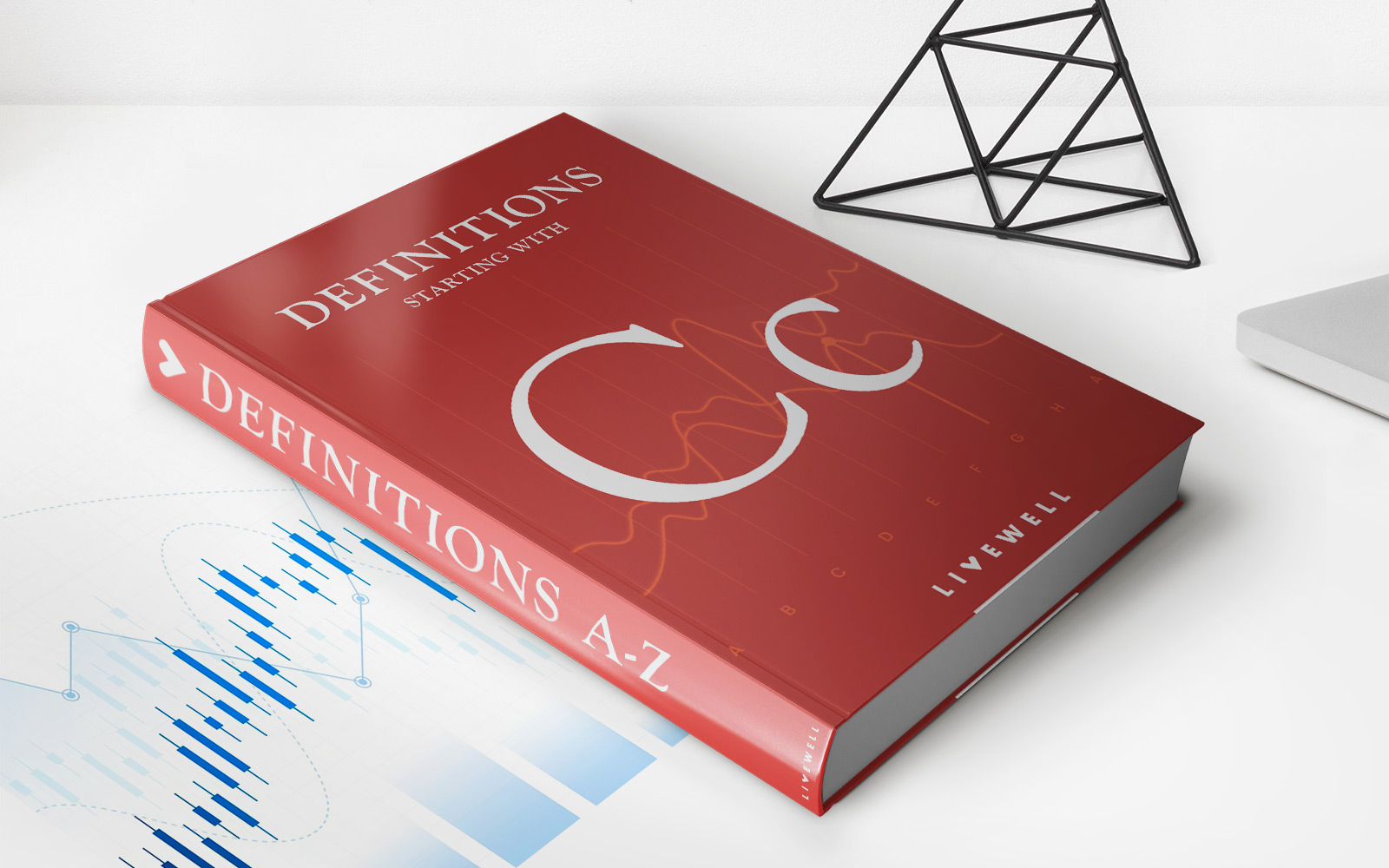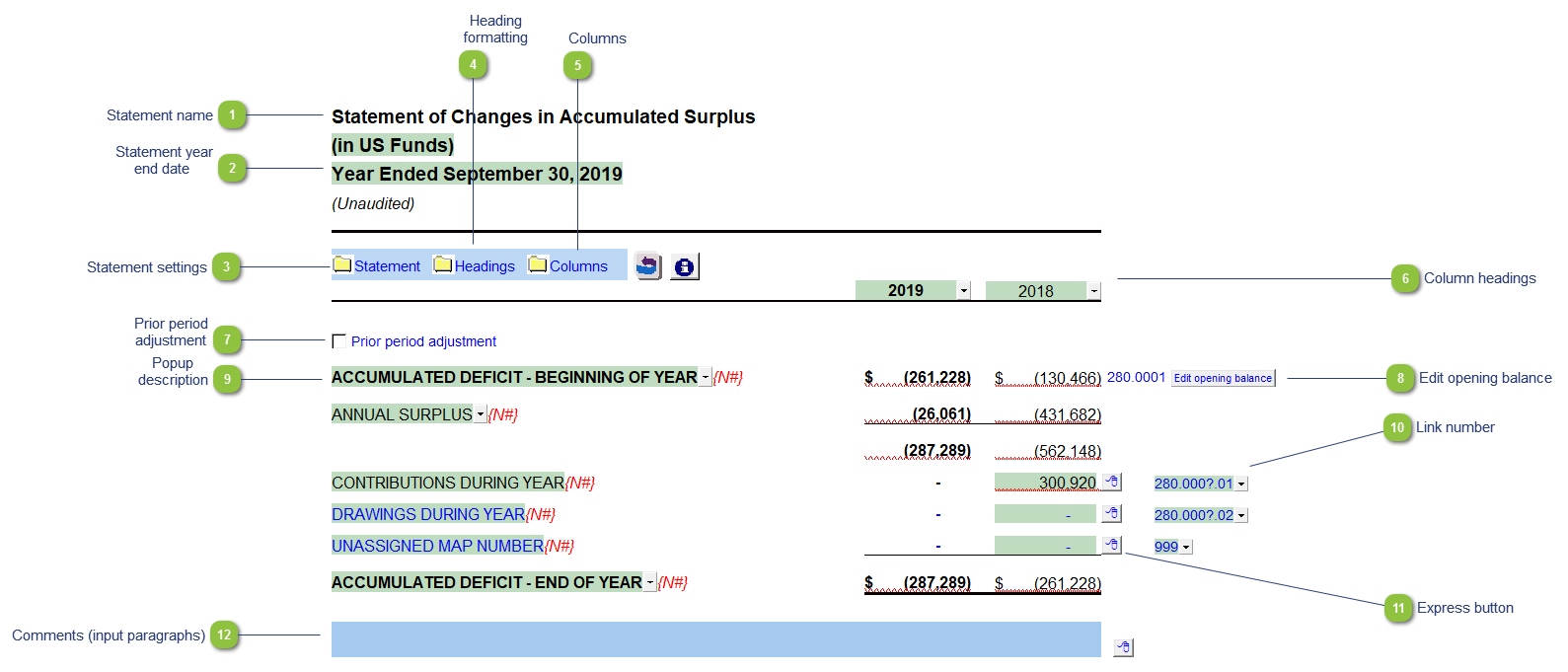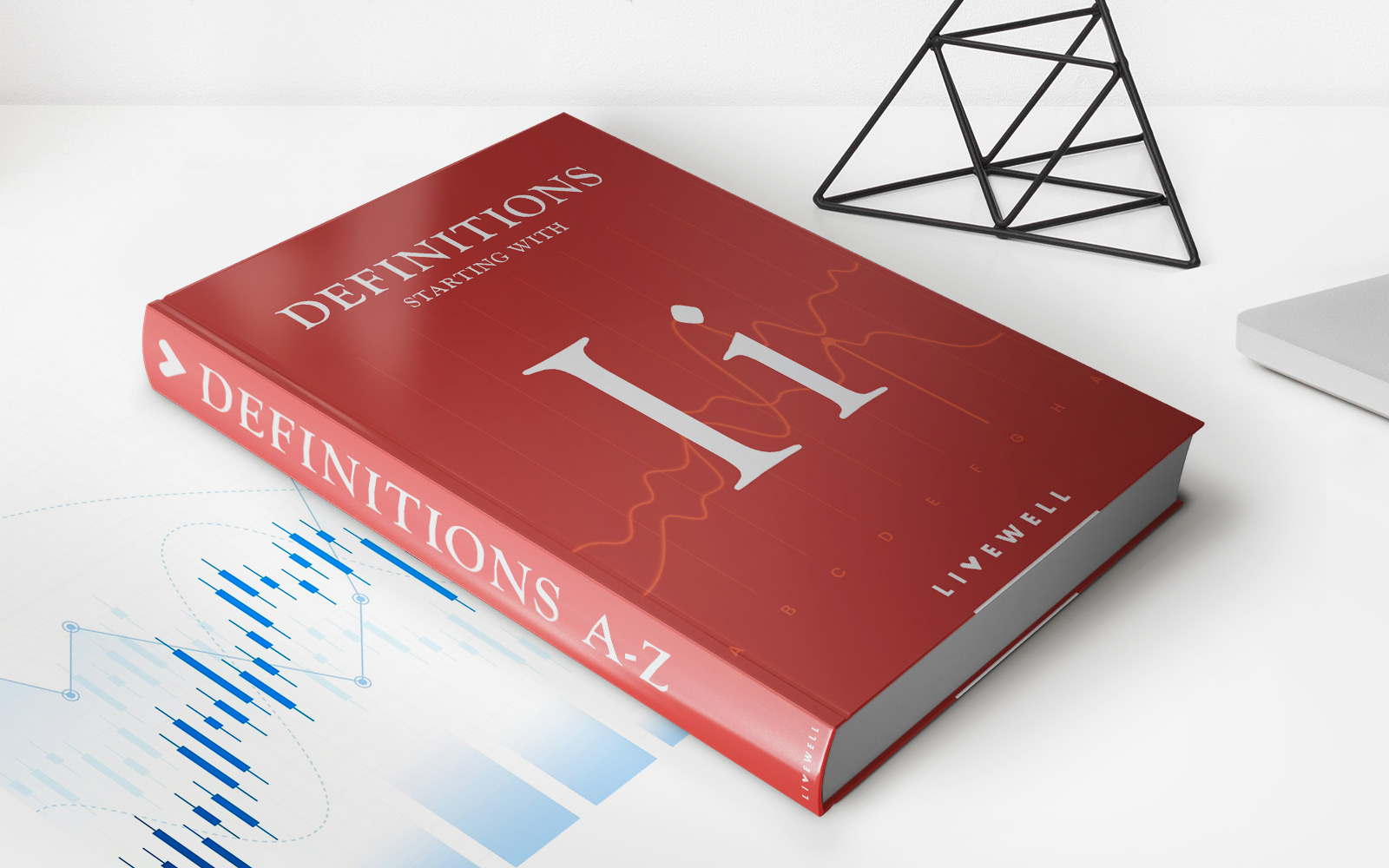Home>Finance>What Is Cross Rate? Definition And Examples Of Major Cross Rates


Finance
What Is Cross Rate? Definition And Examples Of Major Cross Rates
Published: November 5, 2023
Learn about cross rates in finance, including their definition and examples. Explore major cross rates and their impact on international currency markets.
(Many of the links in this article redirect to a specific reviewed product. Your purchase of these products through affiliate links helps to generate commission for LiveWell, at no extra cost. Learn more)
What Is Cross Rate? Definition and Examples of Major Cross Rates
Welcome to our “Finance” category! In this blog post, we will dive into the fascinating world of cross rates. Whether you’re a beginner in the financial markets or a seasoned investor, understanding cross rates is essential to navigate the global currency exchange landscape effectively. Get ready to unravel the mysteries of cross rates and gain valuable insights into how they influence international transactions.
Key Takeaways:
- Cross rates are exchange rates between two currencies that are not the official currencies of the country where the exchange rate is quoted.
- These rates are derived from the exchange rates of their respective currencies against a common third currency.
But before we dive into the definition of cross rates, let’s start with the basics.
What Is an Exchange Rate?
An exchange rate is the value at which one currency can be exchanged for another. It serves as a benchmark for international trade and investment, facilitating transactions between different countries. Exchange rates fluctuate constantly due to various economic factors such as interest rates, inflation, political stability, and market speculation.
The Concept of Cross Rates
Now that we have a general understanding of exchange rates, let’s explore the concept of cross rates. Cross rates are exchange rates between two currencies that are not the official currencies of the country where the exchange rate is quoted. In other words, they represent the value of one currency in terms of another non-local currency.
To calculate cross rates, we need to use a third currency as a reference point. Typically, this third currency is the US dollar (USD), as it is widely accepted and serves as a benchmark for global transactions. By using the US dollar as a common denominator, we can determine the exchange rate between two non-US dollar currencies. For instance, if we want to find the cross rate between the euro (EUR) and the British pound (GBP), we would utilize their exchange rates with the US dollar to compute the cross rate.
Examples of Major Cross Rates
Here are a few examples of major cross rates:
- Euro to British pound (EUR/GBP)
- Japanese yen to euro (JPY/EUR)
- Canadian dollar to Japanese yen (CAD/JPY)
These cross rates serve as essential indicators for multinational companies, traders, and investors. They provide valuable insights into relative currency strength and can help facilitate international trade and investment decisions.
Why Are Cross Rates Important?
Cross rates are crucial for several reasons:
- They enable simplification of currency conversions between two non-local currencies.
- They provide a benchmark for evaluating currency strength and identifying potential arbitrage opportunities.
- They play a vital role in risk management strategies for multinational companies, allowing them to hedge against currency fluctuations.
Understanding cross rates can give you a competitive edge in the global financial markets. Whether you’re a business owner, an investor, or simply an enthusiast, keeping an eye on cross rates can help you make informed decisions and maximize your financial outcomes.
Conclusion
Today, we explored the concept of cross rates and their significance in the realm of international finance. By using a third currency as a reference point, cross rates provide valuable information about the value of one non-local currency in terms of another. Armed with this knowledge, you can navigate the intricate world of global currencies with confidence and seize opportunities that come your way.
Stay tuned for more exciting topics in our “Finance” category, where we uncover the intricacies of the financial world and provide expert insights to empower your financial journey. Happy investing!
